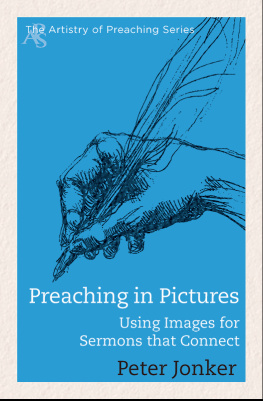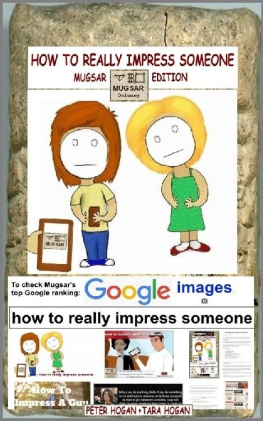Peter Weingart - Science Images and Popular Images of the Sciences
Here you can read online Peter Weingart - Science Images and Popular Images of the Sciences full text of the book (entire story) in english for free. Download pdf and epub, get meaning, cover and reviews about this ebook. year: 2012, publisher: Taylor & Francis, genre: Romance novel. Description of the work, (preface) as well as reviews are available. Best literature library LitArk.com created for fans of good reading and offers a wide selection of genres:
Romance novel
Science fiction
Adventure
Detective
Science
History
Home and family
Prose
Art
Politics
Computer
Non-fiction
Religion
Business
Children
Humor
Choose a favorite category and find really read worthwhile books. Enjoy immersion in the world of imagination, feel the emotions of the characters or learn something new for yourself, make an fascinating discovery.

- Book:Science Images and Popular Images of the Sciences
- Author:
- Publisher:Taylor & Francis
- Genre:
- Year:2012
- Rating:3 / 5
- Favourites:Add to favourites
- Your mark:
- 60
- 1
- 2
- 3
- 4
- 5
Science Images and Popular Images of the Sciences: summary, description and annotation
We offer to read an annotation, description, summary or preface (depends on what the author of the book "Science Images and Popular Images of the Sciences" wrote himself). If you haven't found the necessary information about the book — write in the comments, we will try to find it.
Science Images and Popular Images of the Sciences — read online for free the complete book (whole text) full work
Below is the text of the book, divided by pages. System saving the place of the last page read, allows you to conveniently read the book "Science Images and Popular Images of the Sciences" online for free, without having to search again every time where you left off. Put a bookmark, and you can go to the page where you finished reading at any time.
Font size:
Interval:
Bookmark:
Alternative Routes in Scientific
Communication
Massimiano Bucchi
Human-Animal Relations and the Rise of
Veterinary Medicine
Joanna Swabe
The Ozone Layer
Reiner Grundmann
Robert H. Blank and Samuel M. Hines, Jr.
In the Service of the Machine?
Simon Cooper
Instrumental Practices, Technoscientific
Knowledge, and New Modes of Life
Edited by Regula Valrie Burri and
Joseph Dumit
Science Communication between News
and Public Relations
Edited by Martin W. Bauer and
Massimiano Bucchi
Images of the Sciences
Edited by Bernd Hppauf and Peter Weingart
| Routledge | Routledge |
| Taylor & Francis Group | Taylor & Francis Group |
| 270 Madison Avenue | 2 Park Square |
| New York, NY 10017 | Milton Park, Abingdon |
| Oxon OX14 4RN |
Peter Weingart.
ISBN 978-0-415-38381-3 (hardback : alk. paper)
1. Science--Study and teaching--Audio-visual aids. 2. Science fiction
films--History and criticism. 3. Motion pictures in science. 4. Visual communication. I. Hppauf, Bernd-Rdiger. II. Weingart, Peter.
http://www.taylorandfrancis.com
http://www.routledge.com
ISBN13: 978-0-415-51240-4 (pbk)
PART I Popularizing Science Images: Introduction |
BERND HPPAUF AND PETER WEINGART |
SYBILLA NIKOLOW AND LARS BLUMA |
PART II Towards a Science of Images |
W.J.T. MITCHELL |
JOACHIM SCHUMMER AND TAMI I. SPECTOR |
PART III Science Images |
BERND HPPAUF |
COLIN MILBURN |
CHARLOTTE BIGG |
DIETER MERSCH |
LISA CARTWRIGHT AND MORANA ALA |
PART IV Science Images and Contemporary Art |
GABRIELE LEIDLOFF AND WOLF SINGER |
PART V Images of Science |
EVA FLICKER |
PETRA PANSEGRAU |
PETER WEINGART |
LUTZ KOEPNICK |
BRUCE CLARKE |
Font size:
Interval:
Bookmark:
Similar books «Science Images and Popular Images of the Sciences»
Look at similar books to Science Images and Popular Images of the Sciences. We have selected literature similar in name and meaning in the hope of providing readers with more options to find new, interesting, not yet read works.
Discussion, reviews of the book Science Images and Popular Images of the Sciences and just readers' own opinions. Leave your comments, write what you think about the work, its meaning or the main characters. Specify what exactly you liked and what you didn't like, and why you think so.







